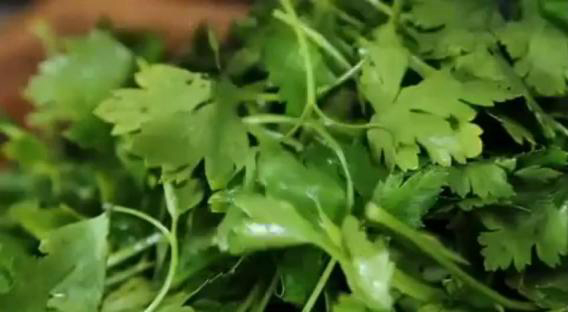There are many wonderful, hearty salads out there with grains as their main ingredient, and tabbouleh is not one of them. Granted, the Levantine salad has bulgur in it — without the bulgur it wouldn’t be tabbouleh. But bulgur is not tabbouleh’s main ingredient. Tabbouleh is not a grain salad with herbs in it; it is an herb salad with grains in it.
No time is better suited for appreciating the proper ratio of herbs to bulgur in tabbouleh than now, when heat and humidity conspire to strip oxygen of its usual revitalizing effects. In midsummer, you don’t want to consume anything that doesn’t cool you down a bit. Ice cream, sushi and beer are all obvious candidates. Herb salads are less obvious, but their refreshing capabilities are unparalleled.
Apart from remembering that parsley and mint are the stars of the salad, there are three ways to make tabbouleh taste as invigorating as the opening harmonies of Laura Mvula’s “Sing to the Moon.” The first, as previously mentioned, is to cool it with the bulgur. Masticating a bolus of chewy grains is one of the least rejuvenating corporal experiences imaginable, on a par with swathing your body in a wool blanket. You should use just enough bulgur to provide a coy hint of textural contrast to the leafy herbs — and to soak up tomato juice (about which more in a moment). Bulgur is a rather unremarkable grain except for one key fact: You don’t have to cook it. Already being parboiled, this version of whole wheat will soften to a perfect al dente if steeped in boiling water. This means you only have to turn on the stove and heat up your kitchen for a few minutes when making tabbouleh — another plus when it’s above 90 degrees outside.
The second thing to remember: Use really good tomatoes. You’re better off making an herb salad with no tomatoes than making tabbouleh with grainy, dry ones. Luckily, even though peak tomato season hasn’t hit yet in most places, it’s almost always possible to find good ones — you just might have to use cherry or grape tomatoes to avoid mealy blandness. If you’re very lucky and find exceptionally juicy tomatoes, the bottom of your salad bowl may collect a fair amount of liquid. This is not necessarily a problem — daintily sipping tomato extrusions from a plate or bowl is A-OK — but if you prefer a drier tabbouleh, salt your tomatoes beforehand.



